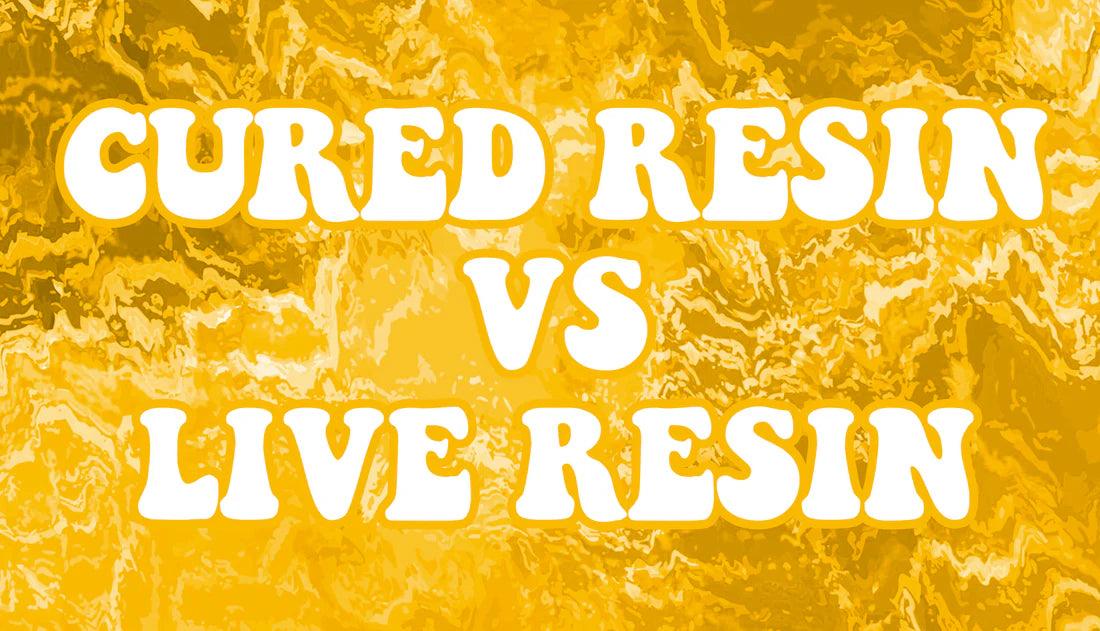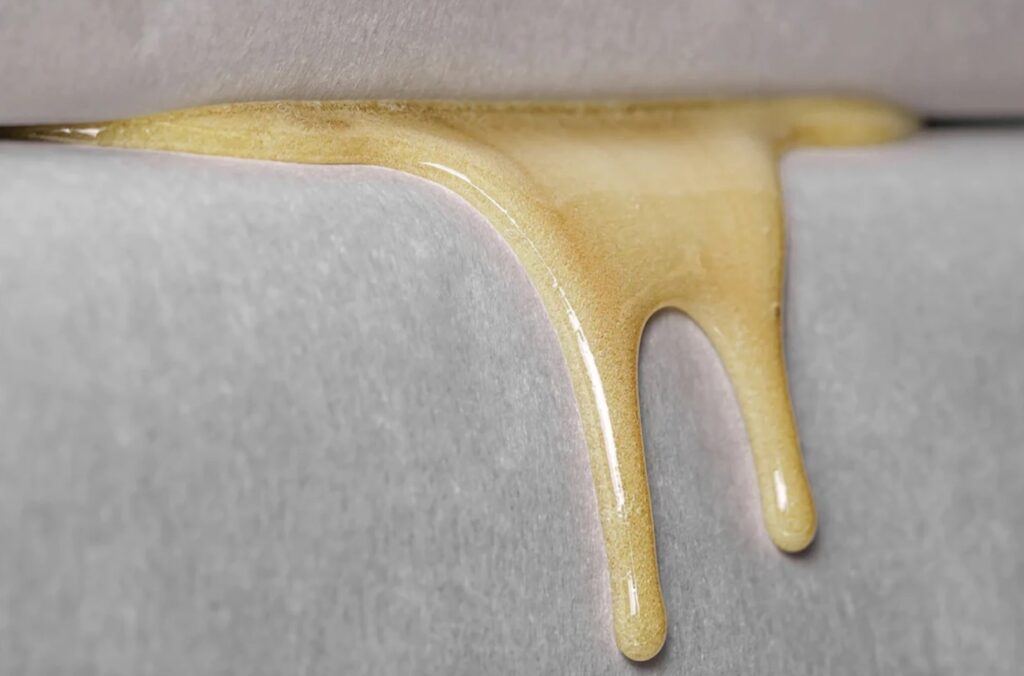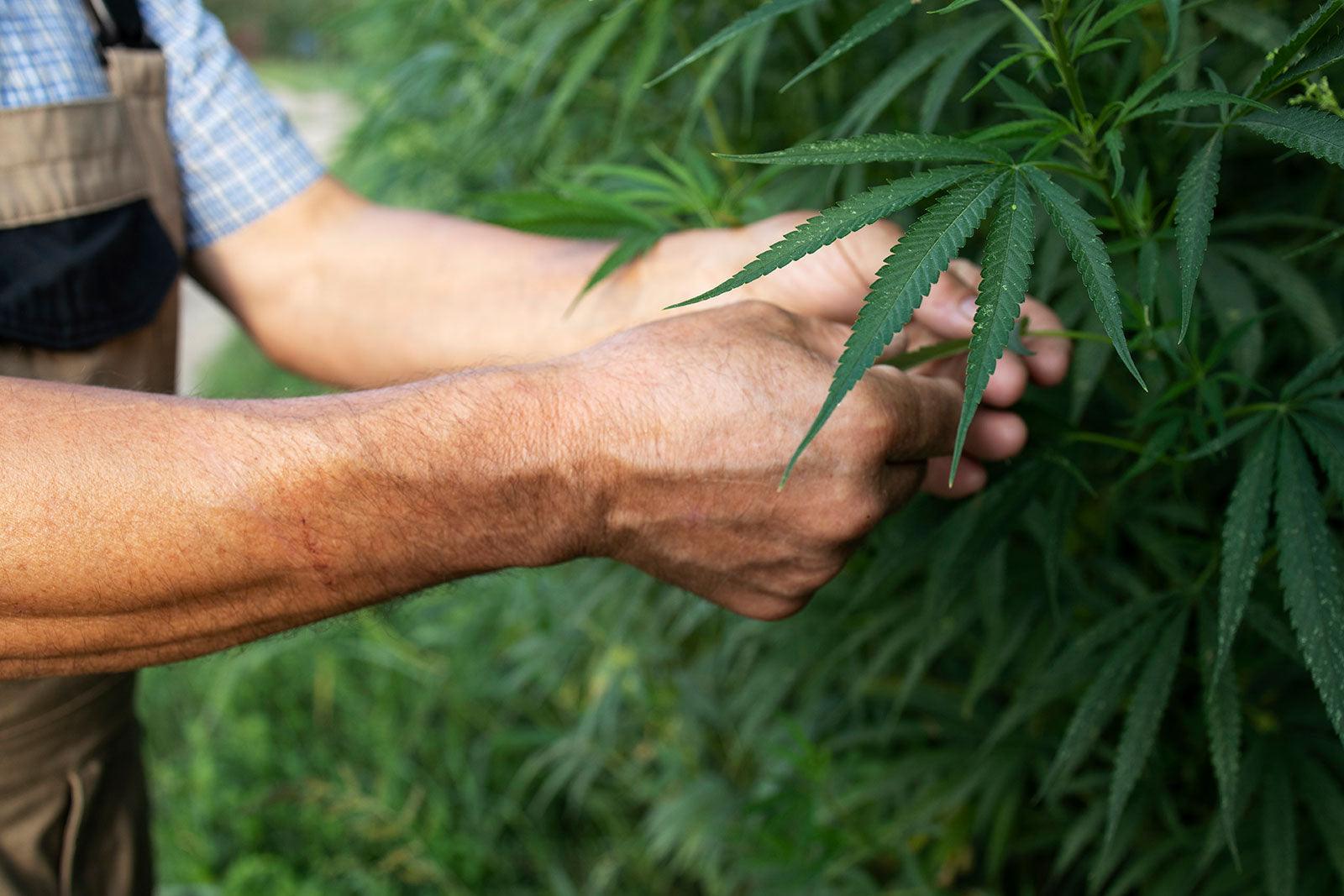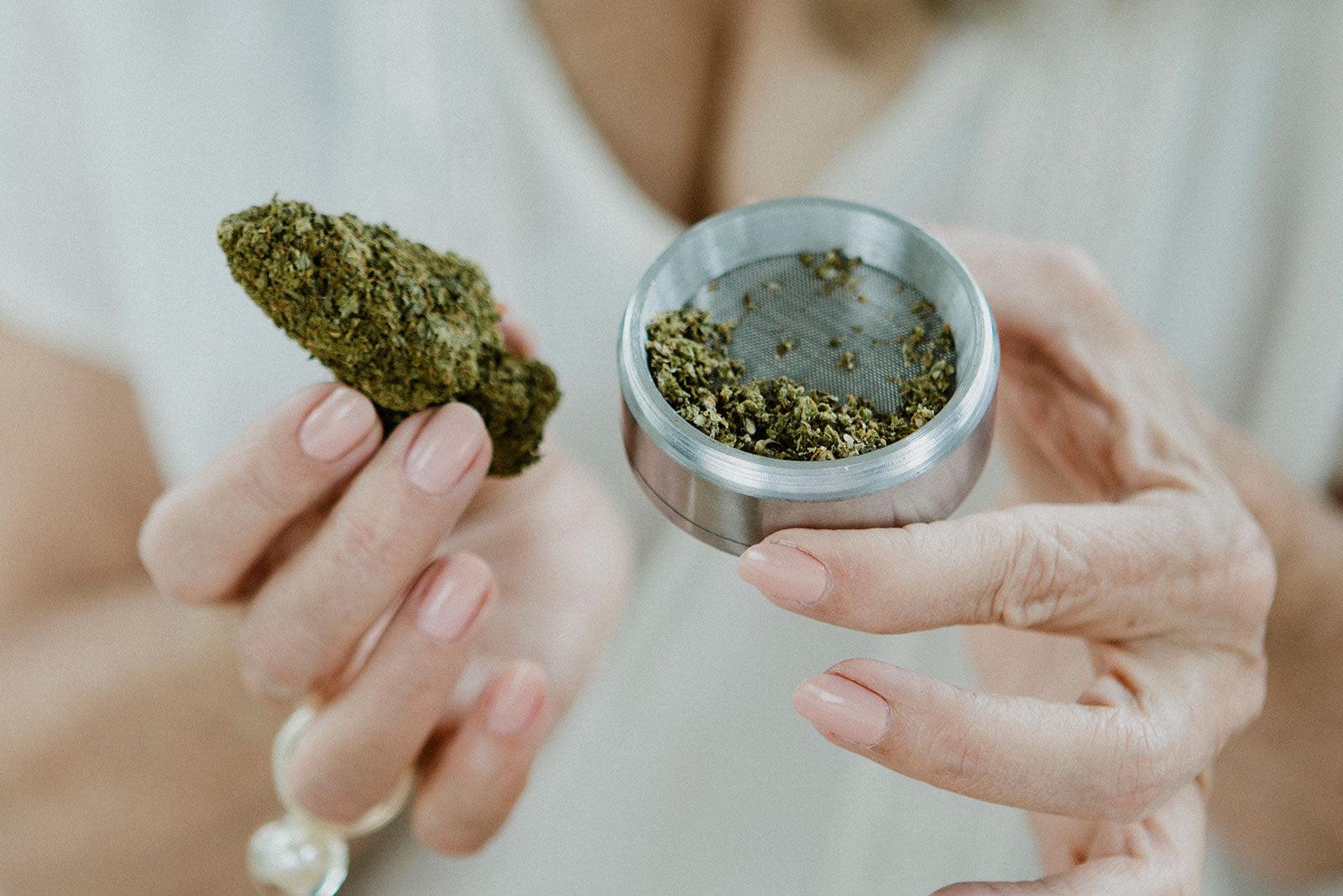What is the Difference between Cured Resin and Live Resin

What Is Cured Resin?
Cured resin is made from dried, cured whole buds. It’s typically more stable and less prone to degradation than live resin. Cured resins are usually a little less potent than live resins because the trichomes have been damaged during the curing process.
Cured resin is different from some types of extracts. Plenty of manufacturers are still processing only trim, shake, or B-grade buds. This is not the same as cured resin, which is produced more intentionally. And, cured resin can ultimately become distillate with more processing.
How to Make Cured Resin
After harvest, buds are hung to dry for anywhere from seven days to three weeks. It depends on the size of the buds, the strains, and the environment. Airflow is incredibly important to reduce the possibility of mold and mildew. Once fully dried, trim the buds to remove the big leaves.
When the buds are used for extraction, it’s not as important to manicure them perfectly. Save that time and effort for buds sold whole, but do remove excess stems and leaves.
Then, it’s time to cure. Curing flowers properly will maintain and enhance the flavor and aroma while maintaining optimal color and moisture levels. To do so, put the buds into glass jars or another airtight container. Don’t overpack the jars, the buds need airflow.
Once or twice a day, open the jars to “burp” them by letting in a little air for a few minutes. This process releases moisture while allowing fresh oxygen in.
The entire curing process can take two to four weeks. After the first week, you only need to burp the jars once every few days.
Once cured, the buds undergo the same extraction process as live resin. The real difference when comparing cured resin vs live resin is the starting material.

Cured Resin vs Live Resin Compared
Alright, now that we have the basics covered, let’s take a look at the major comparisons between cured resin vs live resin.
Starting Material
You could make live resin and cured resin from the same plant, but the ingoing material differs. Live resin is created with fresh, frozen whole plants, while cured resin uses dried and trimmed cannabis flowers as its source material.
Taste
Some people prefer the bold flavor of live resin, while others find it too intense. Cured resin tends to have a more subtle and complex taste. Live resin is complex, with multiple terpenes coming forward at one time. Cured resin is a bit smoother and well-rounded in flavor, which some prefer. When properly stored, both will last for many months.
Effect
Live resin likely offers the best high because it retains the most terpene and cannabinoid content. Cured resin can be very high THC, but we all know by now that THC percentage isn’t the only thing affecting our experience. If the fullest high is what you’re after, then live resin might be your preference.
Price
Live resin is usually a bit more expensive because the freezing process can be costly. It adds complexity to the project. However, curing cannabis can take quite a while, delaying the process of extraction.
If you decide to hand trim instead of using machine trimming, that adds to the overall production cost. Ultimately, the pricing is going to vary from brand to brand.
Cured Resin vs Live Resin: Final Verdict
Perhaps cured resin is the perfect wake and bake, while live resin is your go-to in the evening. While the answer to this question depends on what you’re looking for, there are some general guidelines.
If you’re looking for a powerful high, live resin is the way to go. It’s also a better choice if you want your concentrates to have an intense flavor profile. However, cured resin might be easier to work with and more affordable—and it still packs a punch.
The good news is that you don’t have to choose! That’s the beauty of being a cannabis enthusiast in today’s world. Try a little bit of everything and decide what you like best.





Comments